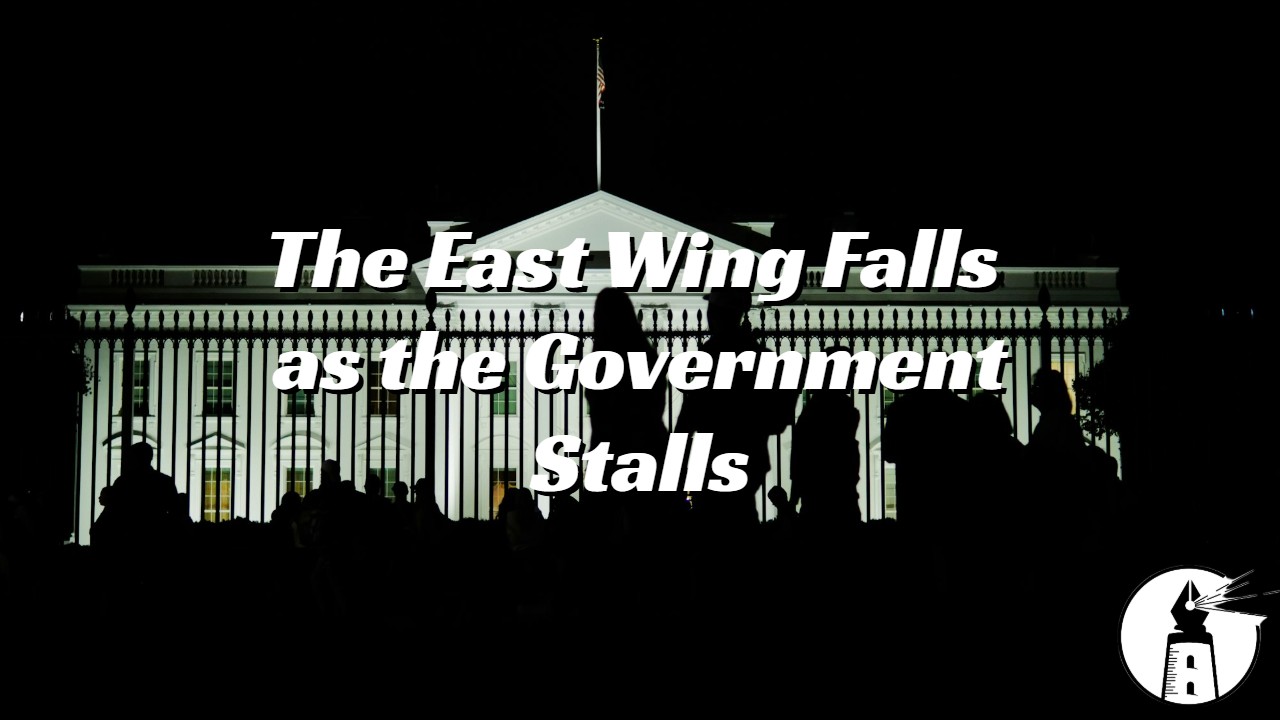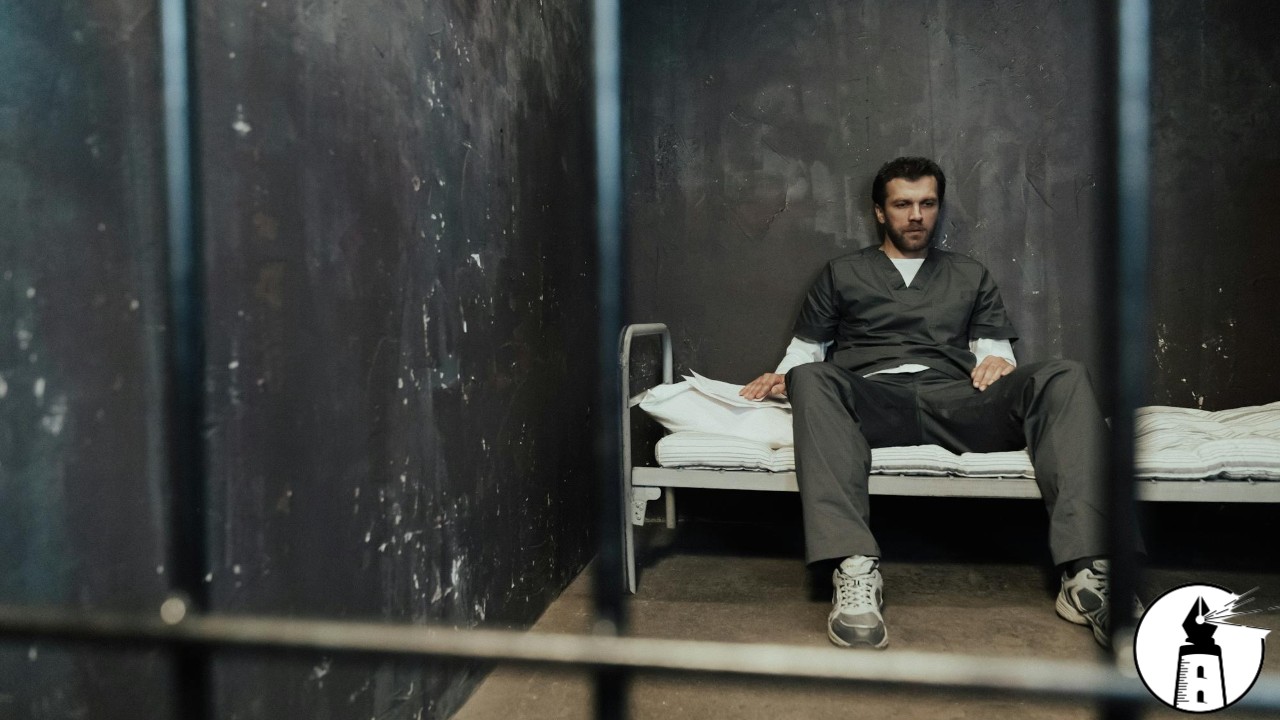The announcement that the entire East Wing of the White House is being demolished to make way for a new ballroom has generated widespread debate—not only about preservation and cost, but about symbolism. With the federal government now in its third week of a shutdown, the decision to embark on a massive, high-profile construction project at the executive mansion has left many Americans questioning whether this is the moment to prioritize luxury over governance.
According to officials, the East Wing is being “modernized” to accommodate a grand ballroom reportedly requested by President Donald Trump. While the administration insists that the project will be financed privately, through the president and undisclosed donors, the lack of transparency over costs, plans, and timelines has fueled public frustration. Critics argue that even if no taxpayer dollars are used directly, the image of bulldozers tearing into one of the most historic sections of the White House while hundreds of thousands of federal employees go unpaid sends the wrong message.
A Historic Wing with a Historic Role
Constructed in 1942 under Franklin D. Roosevelt, the East Wing was initially built to conceal the construction of the underground Presidential Emergency Operations Center—an act of wartime necessity following the attack on Pearl Harbor. Over the decades, the East Wing became synonymous with the role of America’s First Ladies. From Eleanor Roosevelt’s press conferences to Jacqueline Kennedy’s preservation efforts, from Hillary Clinton’s work on children and families to Michelle Obama’s “Let’s Move!” initiative, the wing served as both an office and a platform for civic leadership.
To see the entire wing slated for demolition—without clear plans for where those offices and their staff will go—feels to many like a symbolic erasure. The decision suggests that the current administration holds little regard for the history embedded in those rooms or for the women who helped define the social, cultural, and humanitarian identity of the White House. In its own way, the demolition of the First Lady’s office is not just a change to the building’s layout—it’s a statement about what, and who, this administration values.
The Message It Sends
That disregard is underscored by timing. The government remains shut down, leaving vital public services paralyzed. National parks, small business programs, and food assistance offices have closed or been reduced to skeleton crews. Federal employees, from air traffic controllers to janitorial staff, have gone weeks without pay. Yet within the same city, construction crews continue working on a luxury ballroom intended for galas and receptions.
Even if privately funded, the optics are difficult to defend. During past shutdowns, presidents have typically postponed or scaled back ceremonial or aesthetic projects to show solidarity with affected workers. The choice to proceed now suggests detachment from the hardships faced by ordinary Americans. It frames the White House not as the people’s house, but as a personal estate.
A Pattern of Unnecessary Redesigns
The East Wing demolition is only the latest in a string of questionable design changes during the current administration. The heavily gilded redecoration of the Oval Office, the replacement of historic portraits in the Roosevelt Room, and the construction of the so-called “Freedom Hall” photo-op area in the West Wing have all drawn criticism for their expense, opulence, and disregard for historical authenticity.
Where previous presidents treated the White House as a living museum of American history, this administration appears to treat it as a branding exercise. The focus on grandeur and spectacle, rather than preservation and purpose, underscores a broader philosophy of image over substance.
Preservationists and Historians Sound the Alarm
Architectural historians and preservation advocates have expressed concern that tearing down an entire wing of the White House could “overwhelm” the original structure’s balance and historical integrity. The National Trust for Historic Preservation has reportedly warned that the new construction may compromise the mansion’s architectural continuity, which has endured through wars, fires, and political upheaval.
Unlike previous renovations—such as Harry Truman’s 1948–1952 reconstruction or the Obama-era HVAC modernization—this project lacks a clear justification tied to safety, functionality, or conservation. Instead, it reads as a personal project cloaked in the language of modernization.
A Symbol of Misplaced Priorities
The White House is more than a residence; it’s a symbol of the nation’s continuity and shared history. When a government cannot fund itself, yet its leader prioritizes a ballroom, the symbolism is hard to ignore. At a time when citizens expect leadership rooted in empathy and restraint, lavish construction at the height of a shutdown amplifies public cynicism toward Washington.
Perhaps most ironic of all, the East Wing was originally conceived as a structure of protection—a wartime shield for the president and staff. Its demolition during a moment of political dysfunction transforms that symbol of security into one of indulgence.
Whether viewed as modernization or misjudgment, the East Wing project encapsulates a troubling question about priorities. The White House may belong to the nation, but its stewardship depends on those who occupy it. And right now, as the government remains closed and citizens shoulder the consequences, the contrast between the country’s struggles and the president’s ballroom could not be more striking.
—By Greg Collier
Further Reading
- ABC News – “Entirety of East Wing to be modernized to build Trump ballroom, White House official says”
- CBS News – “Government shutdown live updates as funding lapse becomes second-longest in history”
- White House Historical Association – “The East Wing”
- National Trust for Historic Preservation – Official Site



